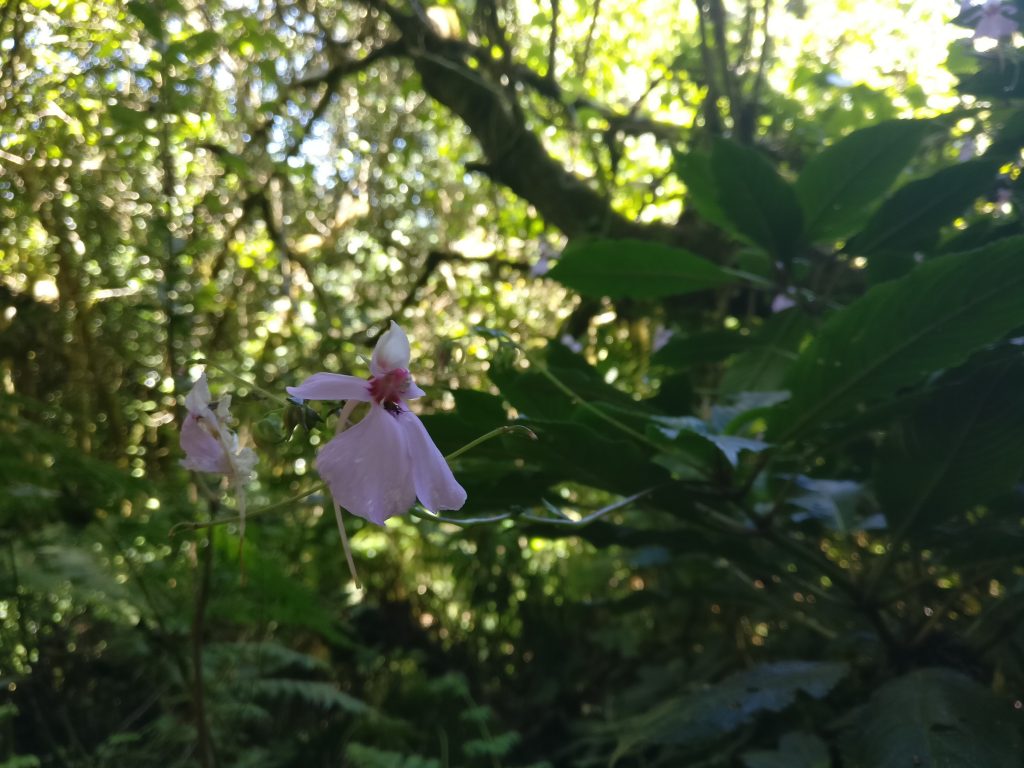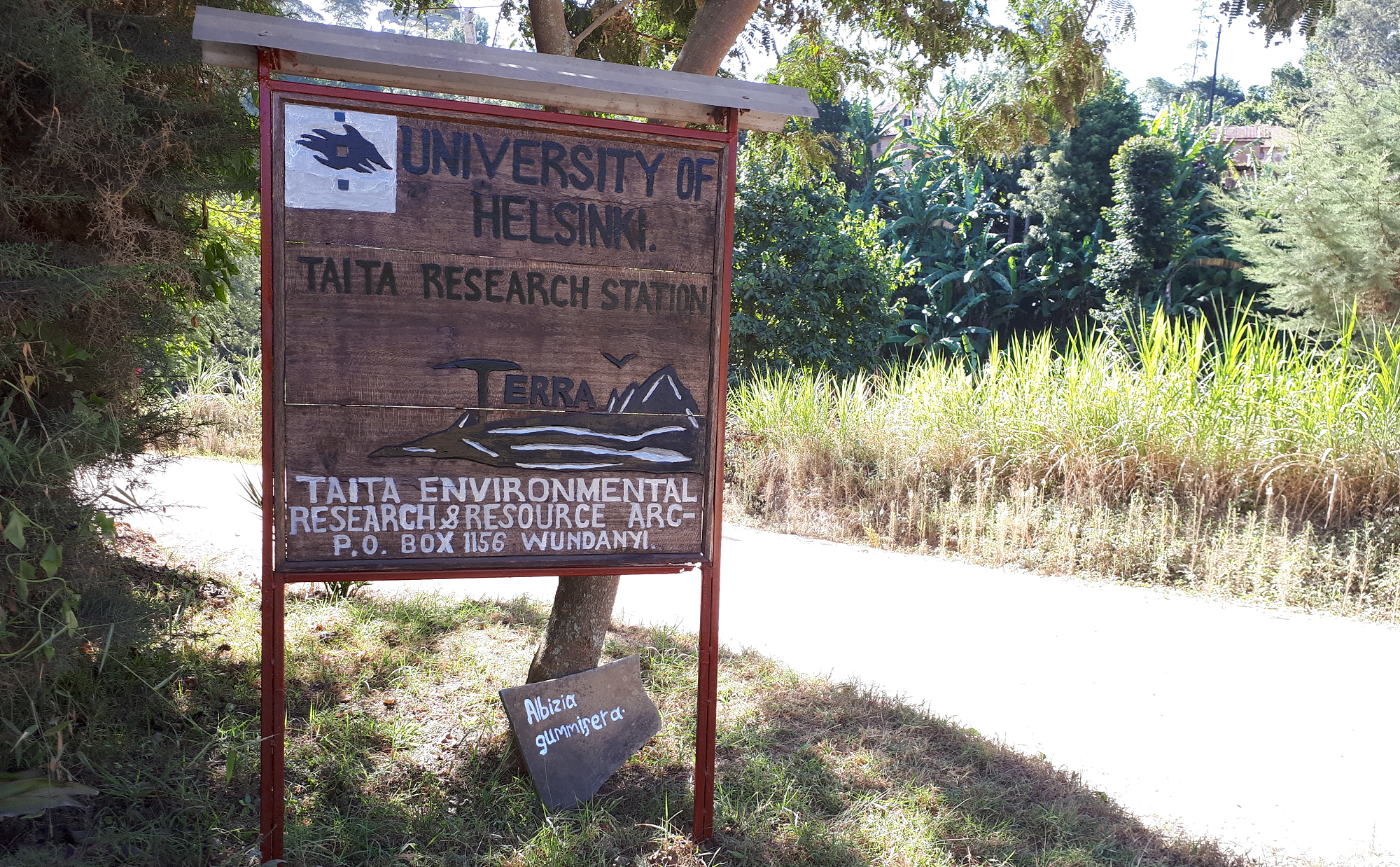
Today started early when we took the bus to the bottom of the mount Vuria. The bus ride was a memorable experience with steep slopes and narrow serpentine roads. The higher we drove, the better the views became. At theend of the road we started walking to the starting point of the nature path. The goal of today’s exercise was to confirm the vegetation classification of Hari Adikari’s GIS data. We marked the points in the GPS devices by 15 m elevation distance and classified them according to FAO land use classification system. The most common classes we saw seemed to be indigenous and mixed vegetation. Professor Jouko Rikkinen and our local research assistant Darius introduced us the most common indigenous and exotic woody species growing in the area. Soon, we were able to identify the easiest and most characteristic species such as the Acacia mearnsii and Lobelia gibberoa. Also, we saw two of the endemic species Impatiens teitensis and Bruceae antidysentrica.

It was interesting to see the change of vegetation composition while we climbed up. First, we saw agroforestry and mixed forest with both local and exotic species of economic importance. When we reached the elevation of around 2000 meters the moisture content seemed to increase which was indicated by the abundance of the giant fern Cythea manniana. There were also some small water paths surrounded by different mosses. Also, we were surprised that even at that altitude there were grazing cows as well as some local cutting firewood. At around 100 m higher there were local epiphyte orchids, and small wetlands with thin peat layers. When we reached to the top, the moisture content decreased and there was a dramatic change in the flora. Instead of the jungle-like forest, there were lots of Ericacea shrubs growing on top of rock surfaces. We had a well-deserved snack break with a breath-taking view, and we were even able to see two peaks of the Mount Kilimanjaro rising above the clouds.

After returning to the start, we were taken by the village chief to attend the sacred ritual of the local people. The villager men prayed and drank and spitted a special liquid. We were divided to different entrances by gender. The elderly women greeted us happily and showed us the ugali, traditional maize porridge, they were cooking in open fire. There was some confusion of whether the female-assigned students could attend, but after discussion we were let to go in the conditions that we took a two-meter distance to the sacred area. As an unpleasant surprise we had to take our shoes off and walk barefooted across the sacred forest to a cave full of human skulls. We were told that the oldest skulls were from the 16th century. The skulls were collected from the graves of the important old men six months after their burial. The whole ritual was impressing but provoked a lot of discussion regarding to the relationship between traditions and gender equity. Women and men were separated, and men were able to do the ceremony, and drink home-brewed beer while fertile-aged women were expected to cook and wait.

In conclusion the day was both demanding and rewarding. We were able to learn about nature, culture, and research in practice.
Hilla Tuominen and Tiia Määttä
